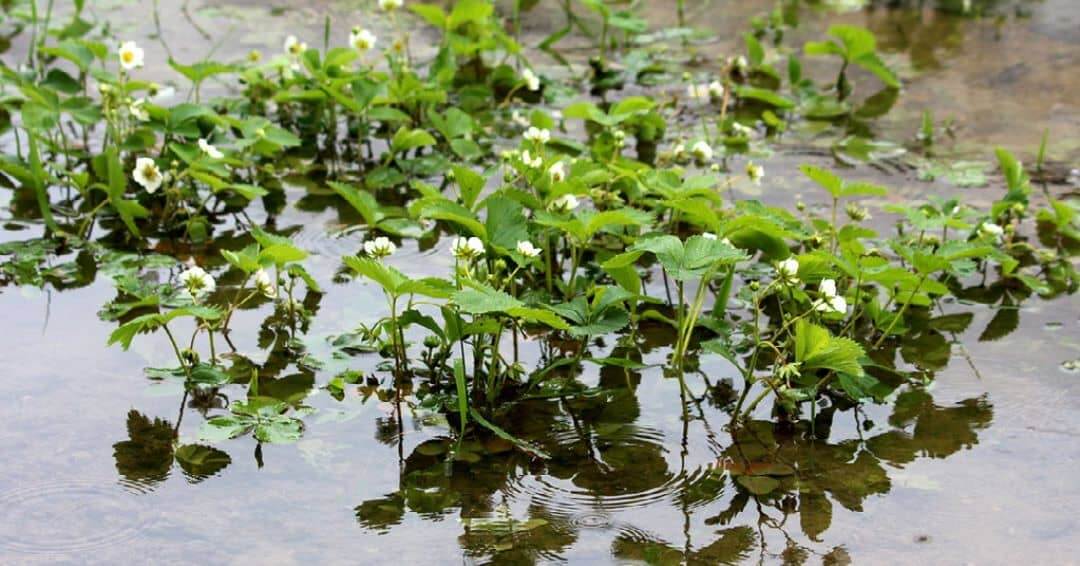
Signs You May Be Overwatering Plants: How to Fix & Prevent
If the gardening bug has ever bitten you, you know how satisfying it is to nurture your plants and watch them thrive. But for beginners, it can be tough to figure out just how much water their outdoor plants need—too little and they dry up; too much and they can suffer from overwatering. Catching this common issue early on is crucial in avoiding further damage. In this blog post, we will provide signs that suggest your outdoor plants may be overwatered so that you can take steps toward rectifying the situation quickly.
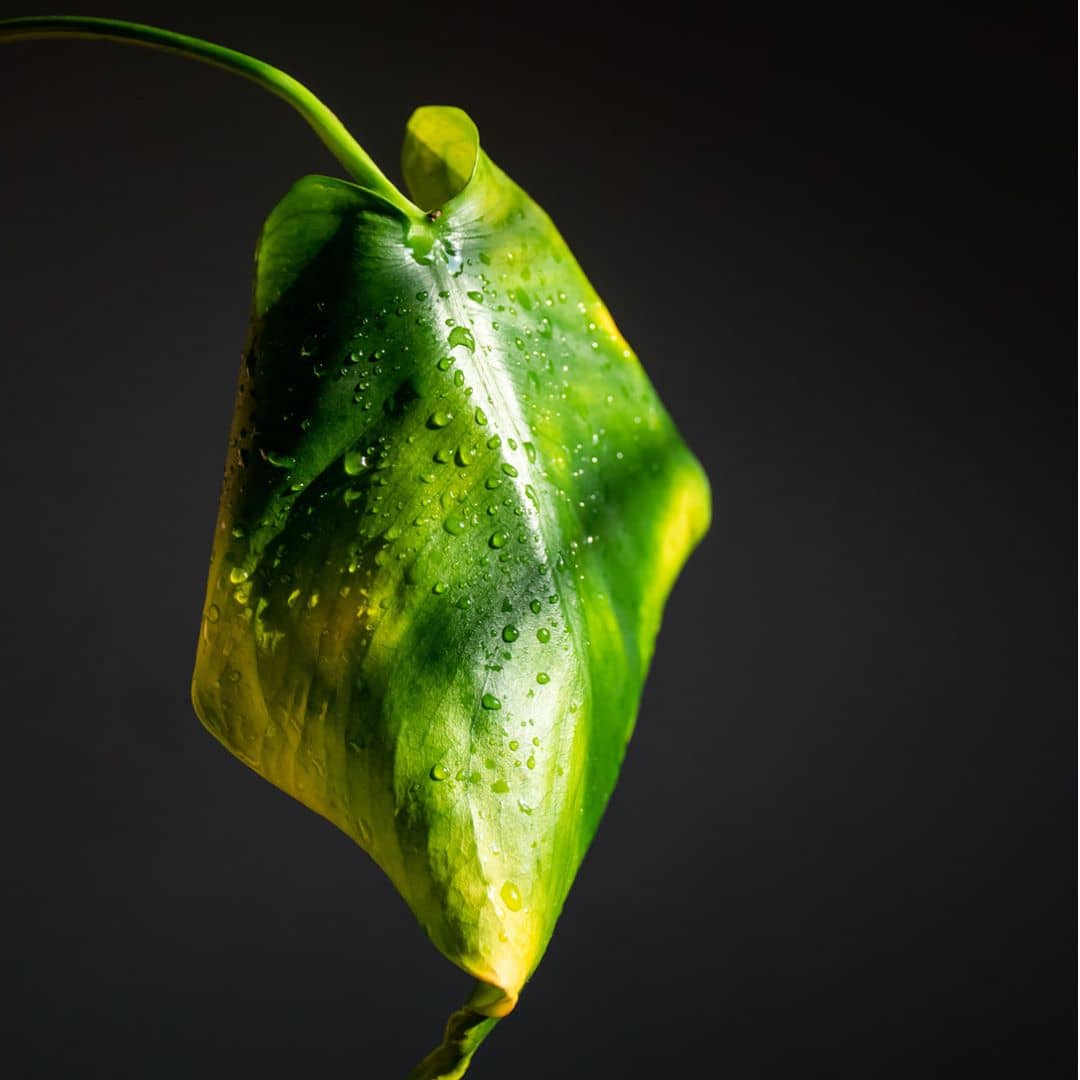
The Problem with Overwatering
When plants or turf get too much water, their roots become waterlogged, resulting in insufficient oxygen and root rot. Moreover, excessive watering can encourage the growth of mold and fungus, spreading rapidly and damaging other plants in the garden. Therefore, it is crucial to know the water your plants require and water them only when needed. This approach conserves water and guarantees your plants’ long-term health and vitality in the upcoming seasons.
Overwatering outdoor plants and lawns in Colorado can be a significant problem for many gardeners. The high elevation, hot and dry summers, and inconsistent rainfall can make keeping plants healthy without overwatering challenging. Unfortunately, overwatering can lead to various issues, including root rot, fungal diseases, and a lack of oxygen for plants. Remember that each plant has its unique characteristics and requirements and won’t have the same water needs, so it’s essential to research the specific watering needs of each plant in your garden.
We recommend watering in the early morning or evening when temperatures are cooler, and the water has a chance to allow ample time for the water to soak in the soil before the daytime heat sets in. By being mindful of your plants’ needs, you can avoid overwatering and help your garden thrive in Colorado’s unique climate.
Causes of Overwatering
One of the leading causes of overwatering is incorrect watering schedules, especially in residential properties. Gardeners often water plants too frequently, not realizing that the soil may still be moist from previous watering. Another cause is improper drainage. Planting the plants in soil that drains well is essential to avoid water accumulation around the roots. Understanding the causes of overwatering and implementing appropriate watering practices will help to ensure vibrant and healthy outdoor plants in Colorado.
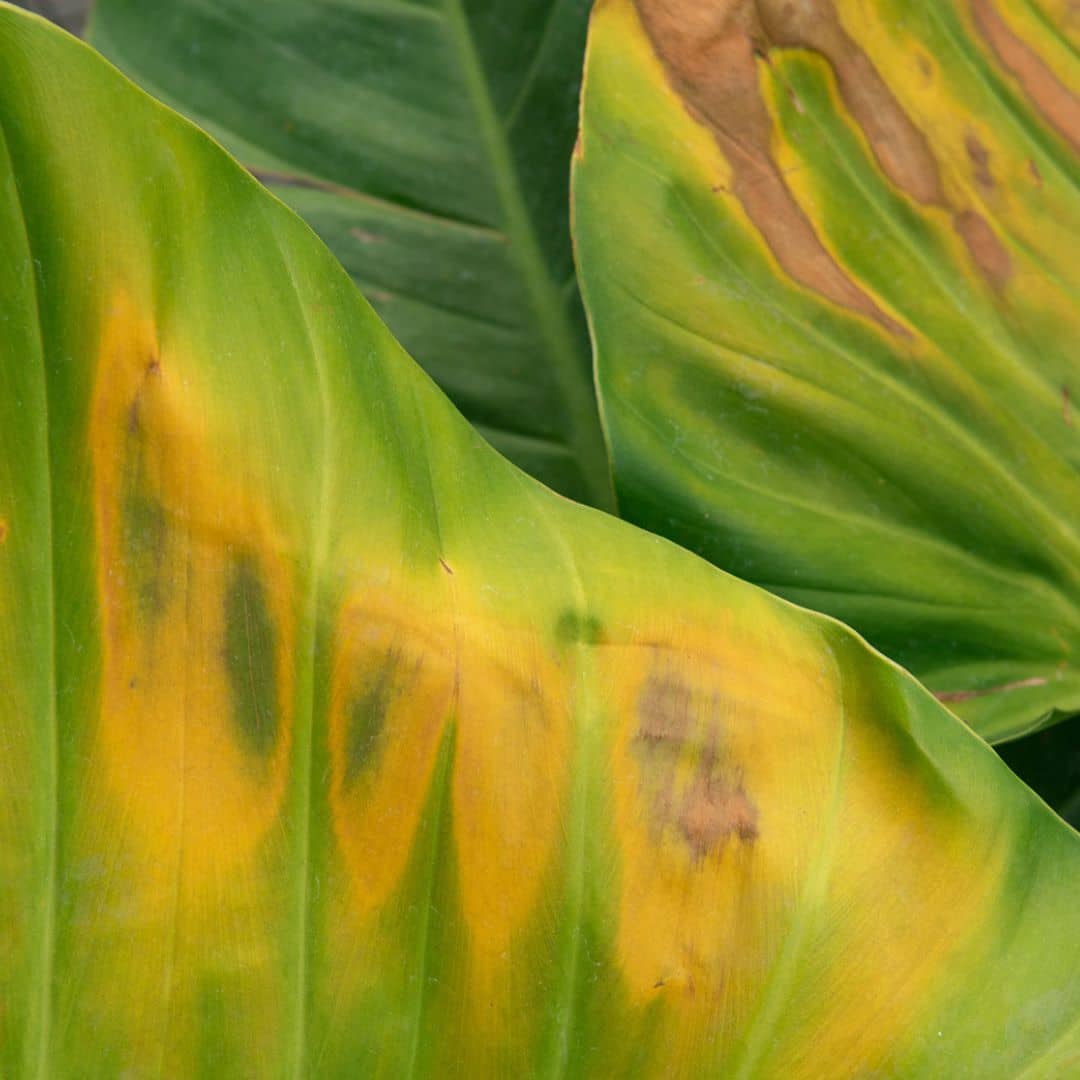
Effects of Overwatering and Signs to Look For
Overwatering outdoor plants in Colorado can have several harmful effects on their growth and development. Signs of overwatering can include yellowing leaves, wilting despite sufficient moisture, and fungus growth at the base of the plant. Additionally, overwatering can attract pests such as slugs and snails, which can further damage the plant. Therefore, monitoring the moisture levels of your outdoor plants and only water when the top inch of soil is dry is crucial. A useful guideline is that when overwatering, leaves yellow from the center outward, leaves or evergreen needles begin to drop from inside the plant first, then move their way out. Likewise, when underwatering, leaves yellow from the outside first, then progress inward. Crispy leaves, desiccation, wilting, and some leaf drops are also signs; however, the plants tend to hang onto their foliage before dropping. By being aware and understanding the amount of water your plants receive and adjusting accordingly, you can ensure their health and avoid the adverse effects of overwatering and underwatering.
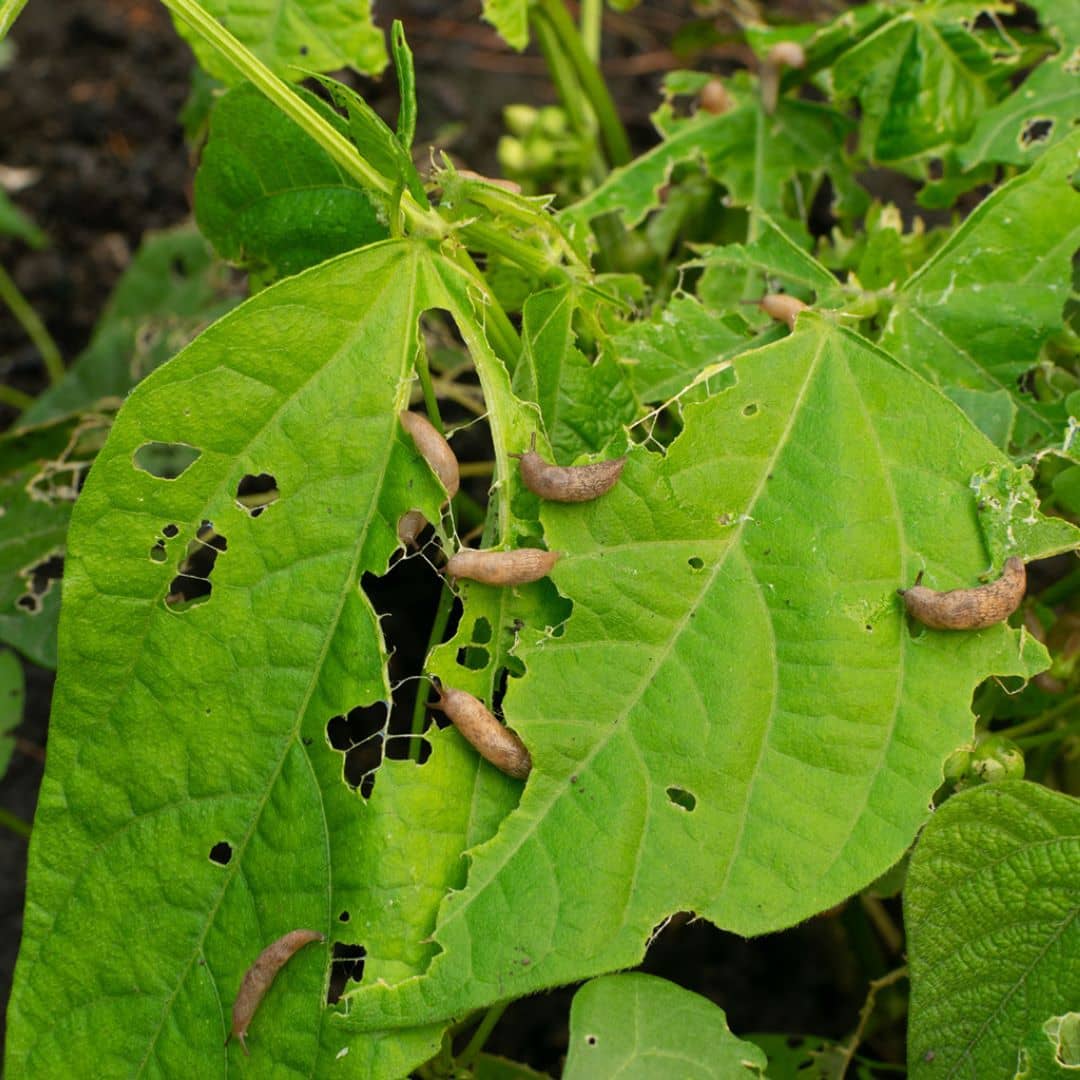
Prevention
It’s as much about watering as it is about NOT watering. Just like music, it’s not only about the notes themselves but also the spaces between them. For Colorado gardeners, overwatering can pose a severe threat to their plants, so it’s essential to understand the area’s unique conditions. Colorado is known for its dry climate, and plants here adapt to minimal water. A simple and effective technique is the finger test: insert your finger about an inch into the soil and check for moisture. If the soil is still damp, no additional water is needed. Mulch can also help retain moisture, allowing for extended periods between watering. Additionally, it’s important to water in the morning or evening when temperatures are cooler so that the water doesn’t evaporate too quickly. Follow these tips to nurture your plants properly and avoid overwatering.
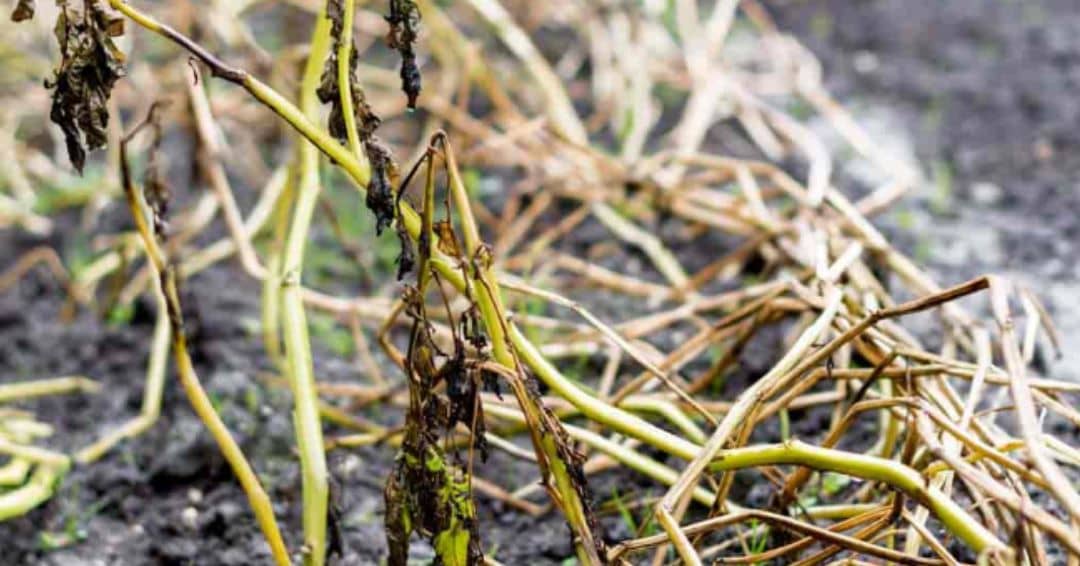
How to Fix
Overwatering can be a common mistake for plant enthusiasts, but knowing how to remedy the situation is important. One first step is to assess the damage and identify which plants are affected. From there, removing any standing water from the pots and allowing the soil to dry out completely before watering again is essential. Be cautious of overcorrecting and leaving the soil too dry, which can harm the plant. Duration can range from a few days to several weeks for a plant to fully recover from overwatering, so patience and consistency in watering habits are key. Proper care allows your plants to return to their healthy, vibrant state.
Hydro-zones are also a smart way to ensure your garden stays sustainable throughout the year. By separating drought-tolerant plants from water-loving plants, you can ensure each group gets the water they need without wasting resources on unneeded irrigation. This technique is instrumental in areas where water is scarce or expensive, as it can help reduce water bills and conserve this precious resource. In addition, hydro-zoning can make your garden more resistant to droughts, ensuring that it continues to thrive even during periods of dry weather. So, if you want to make your garden more sustainable, consider hydro-zoning.
Watering Tips
When watering your plants and landscape, it is crucial to find a balance between giving them enough water without drowning them. To avoid this, ensure the emitters around the irrigation lines are appropriately calibrated and cleared of debris. Something else to consider is to water deeply and less frequently, instead of frequent shallow watering. This approach encourages healthy root growth by allowing roots to absorb nutrients and moisture from deeper into the soil. Finally, pay attention to signs your plants might be showing, such as yellowing leaves or wilting; these clues can indicate whether you’re overwatering and why you may want to adjust watering schedules. By following these tips, you can maintain a healthy landscape that will bring joy to your home and garden for years.
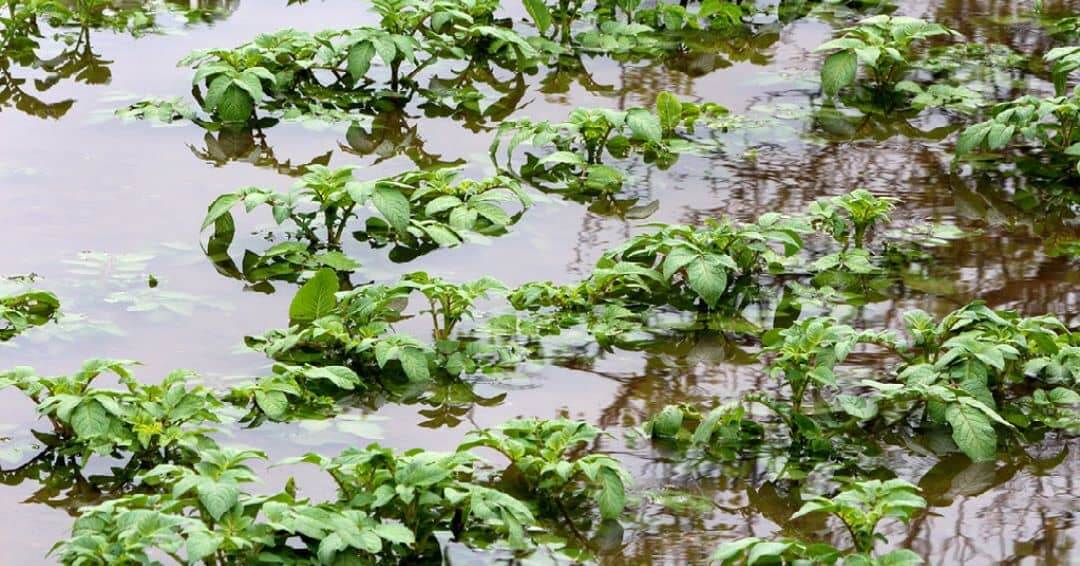
The importance of preventing overwatering in your plants cannot be underestimated. Whether residential or commercial properties, taking preventative measures goes a long way when caring for your landscape. Remember, knowledge is key in plant maintenance, and you can never go wrong with some extra love. At Environmental Designs, we believe in the power of growth and ecology and encourage you to nurture your green world, regardless of your garden size or home environment. Reach out today if you need any additional guidance! Together we can enrich our planet by promoting responsible water use and sustainable practices. We are your green experts and look forward to hearing from you!

